Vacuum shopping used to be simple until your home needed more than just a dust cleanup. Spilled drinks on the tile, muddy paw prints on the rug, sawdust in the garage… and suddenly, one basic vacuum doesn't cut it. That’s where wet and dry vacuums come in.
These machines handle both liquids and solids, and they’re starting to replace the mop, bucket, and even your old vacuum altogether. But before you dive in, there are a few things you need to know to avoid buying something oversized, underpowered, or filled with features you’ll never use.
What Makes Wet Dry Vacuums Special?
Wet dry vacuums combine power, versatility, and convenience in one smart cleaning device. Here’s why they’re a must-have for modern homes:
- Vacuum and Mop in One: You can clean wet and dry messes simultaneously - dust, spills, pet hair, and muddy footprints all in one go. No need to switch tools.
- Handles Both Liquids and Solids: It's perfect for everyday messes like spilled drinks or cereal, and tougher jobs like water leaks, bathroom mishaps, or sawdust from DIY projects. With these vacuums, you can handle both dry debris like dust and larger particles, and liquids like paint or cleaning solutions.
- Hot Water or Steam Floor Mopping: Some advanced models heat water to break down grease, sticky residue, and bacteria.
- Self-Cleaning System: Automatic brush and pipe cleaning keep your vacuum fresh, hygienic, and low-maintenance. No manual rinsing needed.
- Space-Saving and Cost-Effective: One device replaces your vacuum, mop, and bucket. You can save your storage space and money on multiple appliances.
- Ideal for Homes, Garages, and Cars: Imagine trying to clean up a flooded garage, a messy basement, or even a leaky refrigerator without a wet-dry vacuum; you'd need multiple cleaning devices. One for dry debris and another to handle the liquid. But with a wet-dry vacuum, you have the power of both in one versatile machine.
When you go for a wet-dry vacuum, you get a single tool capable of tackling a wide variety of cleaning tasks for homes, workshops, or even vehicles. You’ll save storage space and money by consolidating the functions of multiple cleaning devices into one. It’s a true all-in-one cleaning solution. Let's dive into seven things you should know about wet and dry vacuums before you decide to get one.
1. Wet and Dry Vacuums Come in Different Sizes
Wet dry vacuums come in various sizes, and choosing the right model is necessary. You need to assess the size of your living space and typical cleaning needs.
For smaller apartments or occasional cleanups, a compact vacuum with a tank capacity of around 2 to 5 gallons is often enough. These smaller models are easy to handle, lightweight, and ideal for quick jobs. They can easily clean up minor spills or small messes, and their portability makes them easy to move and store in tight spaces. If you have limited storage or live in a smaller home, these models will work well without taking up much space.
Or if you have a larger home or need to clean bigger messes, you might want to consider a medium or large model. Vacuums with capacities ranging from 6 to 12 gallons are more powerful and can handle more significant tasks. These larger models are great for cleaning up larger spills, garage messes, or workshop areas. However, they can be heavier and bulkier, making them less portable when filled with liquid.
And larger units are perfect for homes with pets, kids, or frequent spills. They can handle bigger messes, but keep in mind that they might be harder to move around, especially when the tank is full. They may also require more storage space, which could be an issue if you live in a smaller home or apartment.
In short, A smaller vacuum is easy to store and maneuver for occasional use, while a larger vacuum provides more capacity for regular or heavy-duty cleaning.
2. Wet vs. Dry Vacuum Performance: What Research Says
When comparing vacuum cleaners, it's easy to focus on wattage or suction specs. But actual cleaning efficiency, especially the ability to remove airborne dust, is a different story.
A published study tested both dry vacuums (DVCs) and wet vacuums (WVCs) in 13 real homes and an experimental lab. Instead of measuring just suction power, it looked at how much PM₁₀ (inhalable particulate matter under 10 microns) stayed in the air after vacuuming. The results were clear:
WVCs absorbed nearly 100% of fine dust, while DVCs, even with filter bags, left some particles behind.
Wet vacuums work by pulling dust directly into water, preventing it from being released back into the air. Dry vacuums, however, use filters that can leak particles or clog quickly, reducing airflow and cleaning efficiency.
Check out Performance Comparison: WVC vs. DVC
| Feature / Metric | Dry Vacuum (DVC) | Wet Vacuum (WVC) |
| Dust collection method | Filter bag | Water basin |
| Dust retention rate | 91.36% – 98.12% | 100% (no airborne dust detected) |
| Risk of releasing fine particles | Medium to high (particles pass filters) | None (particles dissolved/trapped) |
| PM₁₀ removal efficiency (air) | Slower, variable (some dust remains) | Fast and consistent (>90% in 5–7 mins) |
| Secondary air pollution risk | Yes | No |
| Maintenance | Replace filter bags frequently | Just change the water |
To sum up, if you favour better indoor air quality, especially for allergy-prone users, wet vacuums have a measurable edge. They not only collect floor dust but also capture airborne particles that dry vacuums may miss. Real-world testing proves that how a vacuum stores dust matters just as much as how strong it is.
3. Attachments That Actually Matter
While many vacuums come with a variety of accessories, not all of them are essential for day-to-day use. Instead of being drawn in by fancy attachments that often gather dust, focus on those that will actually make your cleaning tasks easier and more effective:

Wet Nozzle for Spills
The wet nozzle is a must-have for any wet-dry vacuum. Designed specifically to pick up liquids, it allows you to quickly clean up spills, water, or other liquid messes without worrying about damaging the machine. Whether it’s water, soda, or spilled milk, the wet nozzle makes liquid cleanup simple and fast.
Crevice Tool for Tight Spaces
This narrow, elongated attachment helps you reach tight spots and corners that the larger vacuum nozzle can’t get into. It’s perfect for cleaning along baseboards, between furniture, or around tricky areas like air vents and the edges of your kitchen counters.
Utility Nozzle for General Cleaning
The utility nozzle is a versatile attachment that is perfect for general cleaning tasks. Whether you’re cleaning the floor, a workbench, or a vehicle, this attachment can handle both dry debris and liquid messes. It’s a go-to tool for most everyday cleaning jobs, making it an essential part of your vacuuming routine.
Additional Attachments Worthy of Attention
Some wet dry vacuums come with extra accessories beyond the basic setup. These may include upholstery brushes, pet hair tools, or specialized floor heads. Whether these attachments are worth your attention depends entirely on your cleaning routine.
- To clean furniture: If you often clean furniture, a soft upholstery brush can help you avoid damaging delicate fabric. It's helpful for vacuuming couches, car seats, and padded chairs without scratching or pulling at the material. But if you rarely clean furniture or have mostly leather or wood surfaces, this attachment may not see much use.
- To tackle pet hair: For households with pets, a pet hair tool could be valuable. These attachments are designed to pick up fur from fabric, rugs, and corners where standard nozzles struggle. If shedding is a regular issue in your home, this tool might save you time and frustration.
- To do routine cleaning:If you don’t have pets or upholstered furniture, though, you probably won’t use these tools often. Instead, stick to the essentials that cover a wider range of tasks. The wet nozzle, utility nozzle, and crevice tool remain the most practical accessories for most households.
Ask yourself: What kind of messes do you clean up the most? Where do you usually vacuum: floors, furniture, vehicles, or all of the above? Choose attachments that match those answers. Extra tools are only helpful if they match your lifestyle and are actually used. Otherwise, they’ll just take up storage space.
4. Wet and Dry Vacuums Are Quieter Than You Think
Wet dry vacuums are generally louder than regular household vacuums: a regular vacuum cleaner is around 70-75 dB, while a wet dry vacuum can sometimes exceed that range due to its added power and capacity. But that doesn't mean they have to be disruptive. Many people assume that powerful suction and the ability to handle liquids mean a noisy machine, but this is not always the case.
Some wet dry vacuums are engineered with quieter operation in mind. Look for models that highlight features like “low-noise” operation or noise-reduction technologies. Additionally, vacuums with larger tanks or brushless motors often produce less noise while operating. Models like the Dreame H12 Pro FlexReach Wet and Dry Vacuum, for example, are designed for quieter operation, especially in its Quiet Mode, where noise levels are kept to a minimum.
Even if your wet dry vacuum is on the louder side, there are ways to manage the noise.
- Consider using it during hours when noise won’t be disruptive, like during the day when kids are awake. If you have pets, they may get used to the sound over time.
- And using vacuuming as an opportunity to multitask, like cleaning a room while chatting with someone, can make the noise more manageable.
Don’t let noise deter you from getting the right machine. Instead, choose one that balances powerful cleaning with acceptable sound levels for your home. Models with quieter modes or noise-reduction designs, like the Dreame H14 Wet and Dry Vacuum, are a great combination of efficiency and peace.

5. Wet Performance: The Science Behind Liquid Cleanup
The most compelling reason to choose a wet-dry vacuum is its ability to handle liquid cleanup, something that traditional vacuums simply cannot do. Wet dry vacuums are built to extract liquids quickly and efficiently, which can be a game-changer for many cleaning situations. So, how do they actually work when it comes to wet messes?
Well, wet dry vacuums achieve this impressive performance thanks to several key features:
Strong Suction Power
A high suction is key to liquid recovery. The Dreame H14, for instance, boasts a considerable 18,000 Pa of suction, enabling it to extract liquids from carpets and hard floors with ease.
Water Lift Metrics
Water lift refers to the vacuum’s ability to pull liquid upward into the tank. Models like the Dreame H12 Pro FlexReach Wet and Dry Vacuum are specifically designed to optimize water lift, ensuring efficient liquid extraction from carpets, rugs, and even tile floors. Specialized nozzles and motor designs play a significant part in how well a wet-dry vacuum can perform in liquid cleanup.
Specialized Wet Nozzles
Wet dry vacuums come equipped with specialized wet nozzles designed to improve liquid recovery by 30-45%. These nozzles are engineered to cover a larger surface area, maximizing contact with the liquid and ensuring it’s extracted quickly. When combined with powerful suction and a high-quality filter system, these vacuums can handle substantial amounts of water or other liquids in a short time.
Speed and Efficiency
The Dreame H14 uses an innovative brush that spins at 520 RPM, helping to spread cleaning solution across surfaces quickly and cleanly. This feature speeds up liquid recovery and minimizes streaks or residue left behind. With advanced systems like these, wet dry vacuums offer a faster, more effective solution to liquid cleanup compared to other tools.
So, for liquid handling, look for features like powerful suction, specialized nozzles, and water lift capabilities.
6. Maintenance Made Simple
Only if with properly maintained is a well-functioning wet dry vacuum for years. The good news is that maintaining these machines is relatively easy, with some simple things to do:
- Empty After Each Use. Regularly emptying the water tank and dirt can also help prevent unpleasant odors from developing.
- Proper Filter Care. Regularly washing and drying the filters can keep the suction power strong and the air quality fresh.
- Dry the Tank. After using the wet function, dry the tank and the brush. For Leaving water inside the tank can lead to mold, mildew, and unpleasant smells.
- Check for Blockages and Clogs. Over time, small debris can get caught in the hoses or nozzles. Regularly check for blockages to maintain airflow and suction power. Which is especially important for wet dry vacuums that deal with liquids, as residue can build up in the hose.
Maybe, you don't need to take the trouble to do the maintenance to an extent that you'd break down. Many modern wet dry vacuums, like the Dreame G10 Pro Wet and Dry Vacuum, come equipped with self-cleaning functions that make maintenance even easier. The features allow the machine to clean the roller and tubing automatically, saving you time and effort while maintaining optimal performance.

7.Value Beyond the Price Tag
When shopping for a wet dry vacuum, many focus on the price tag. But it's only part of the picture. The real value lies in how well the vacuum meets your specific needs, how long it will last, and how easy it is to maintain. A lower-priced vacuum may look like a good deal upfront, but without the right features or build quality, it might not hold up over time.
First up, compare the overall construction quality. A well-built vacuum feels solid, uses high-grade materials, and has a sturdy frame. For example, the Dreame G10 Pro Wet and Dry Vacuum offers excellent cleaning for its $199.99 and includes both a self-wash system and edge-to-edge coverage, both of which are usually found in more expensive models.
Next, think about cost effectiveness in terms of what the vacuum can do. A higher-priced model like the Dreame H12 Pro FlexReach Wet and Dry Vacuum, priced at $339.99, delivers advanced features such as a 194°F hot brush wash, dual-edge cleaning, and multiple cleaning modes. It also includes a self-cleaning and self-drying system, reducing manual maintenance and extending the lifespan of the brush. These features may raise the price but deliver long-term convenience that offsets the initial investment.Investing in a quality wet and dry vacuum can reduce long-term cleaning costs, especially if vacuuming is part of your routine multiple times a week.
Warranty coverage adds another layer of value. If the vacuum is covered for one year or more, that shows the brand has confidence in the product's durability. Likewise, easy access to replacement parts, such as filters or nozzles, ensures the vacuum won’t be rendered useless if a small part wears out.
Also, consider how often you'll use the vacuum. If you need frequent cleanups in a family home, garage, or workshop, it’s worth spending more on a model that can keep up with regular demand. A model like the Dreame H14 Wet and Dry Vacuum at $399.99, with powerful 18,000 Pa suction, smart dirt detection, and fast brush drying, offers reliable performance that holds up over time. It also features a clean water tank of 29.7 fl oz and a used water tank of 22 fl oz, giving enough capacity for medium to large cleaning jobs without constant emptying.
Value is about choosing a product that works well, lasts long, and matches your real-life needs. That’s what turns a purchase into a smart quality investment.
Wet and Dry Vacuum Might Be the All-in-One Vacuum You Need
One wet dry vacuum can often replace a whole closet of tools. It picks up dust, crumbs, pet hair, and spilled drinks with equal ease. Whether you're cleaning tile in the kitchen, carpet in the living room, or water from a leaky washer, one machine handles it all. Which is a bonus of no switching between a mop, broom, and vacuum.
Models like the Dreame H14 and H12 Pro FlexReach show how far these vacuums have come. With dual-edge brushes, hot water cleaning, and flat-reach designs, they glide under furniture and handle both dry dirt and liquid messes. For anyone looking to simplify their routine, a wet-dry vacuum offers a practical, space-saving way to keep every room clean.

















































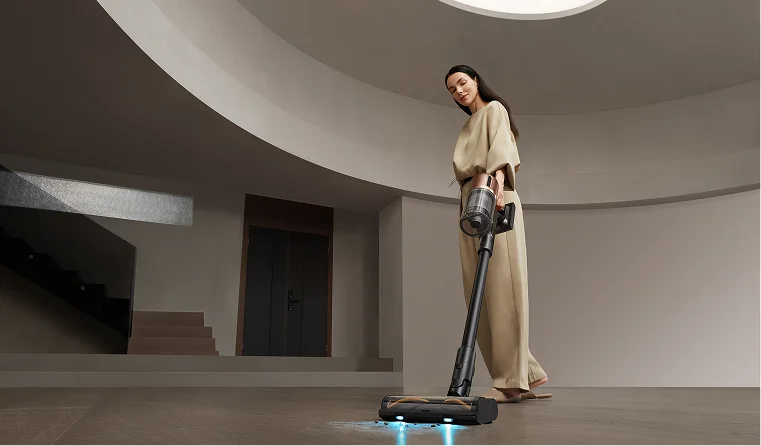
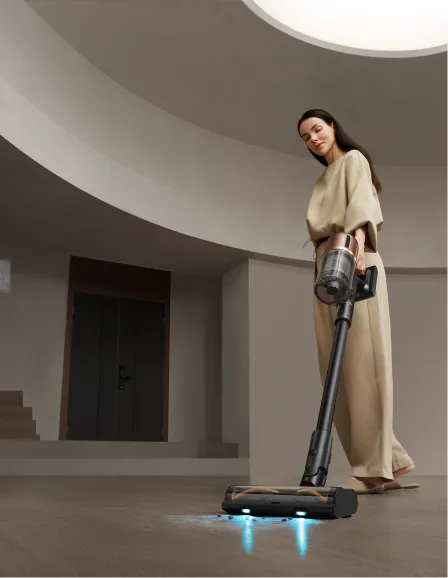
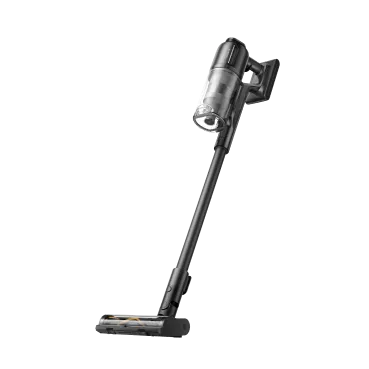
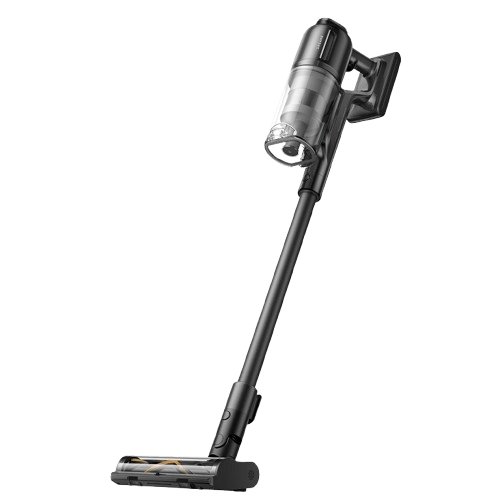
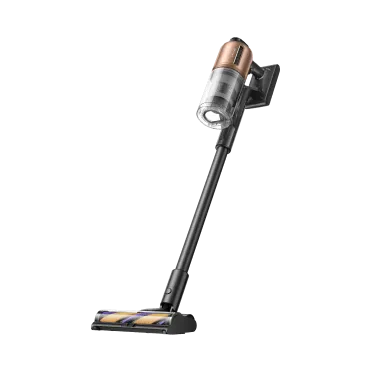
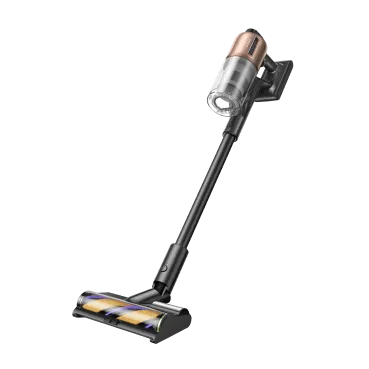
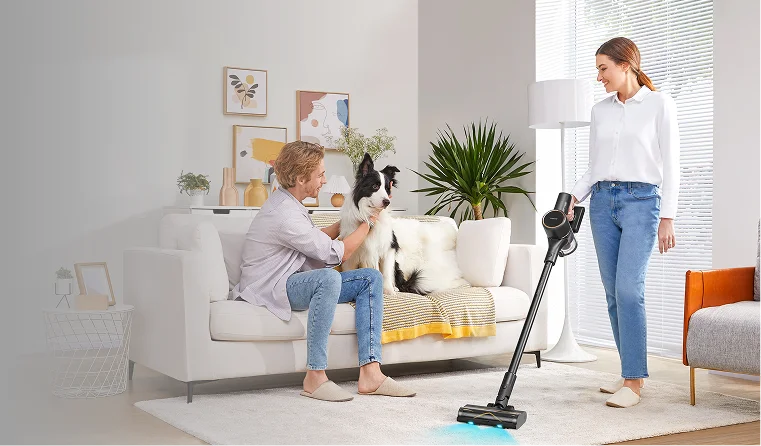
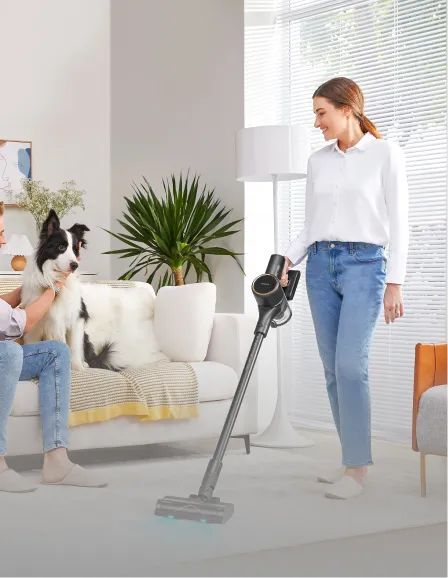
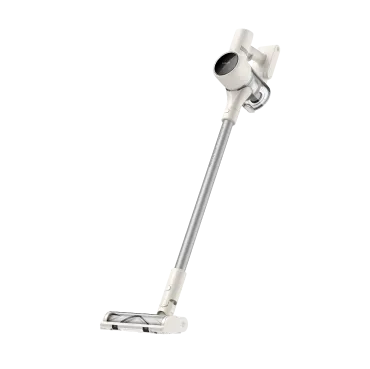
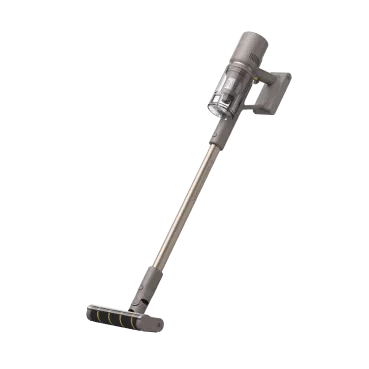
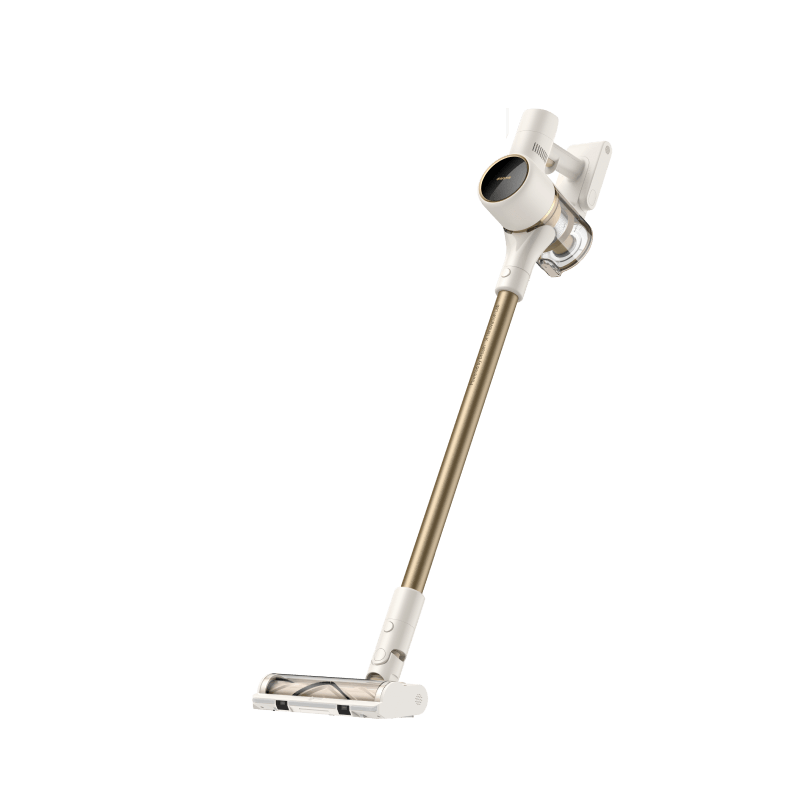
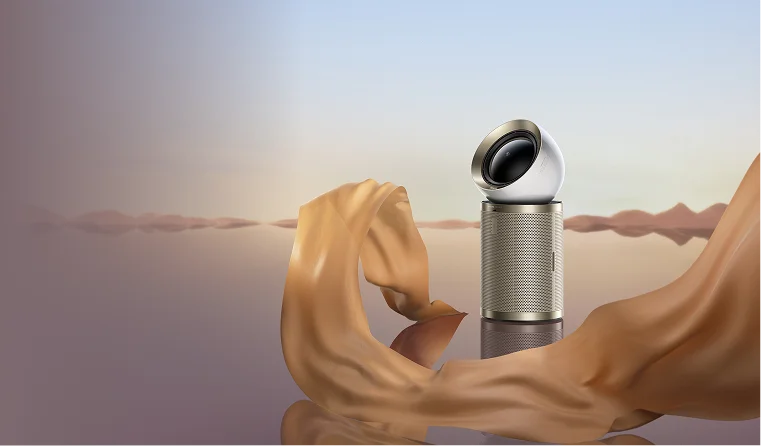
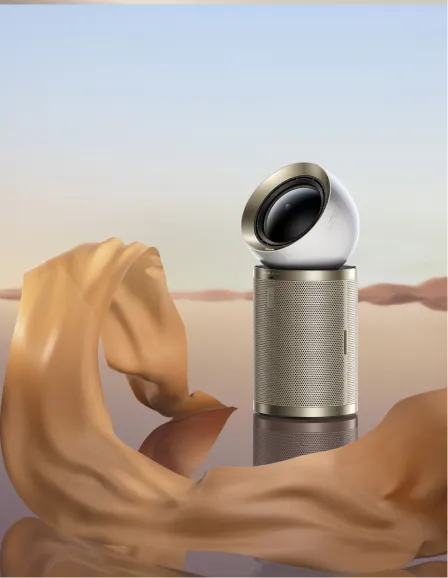

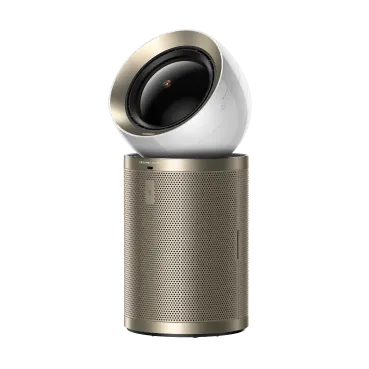
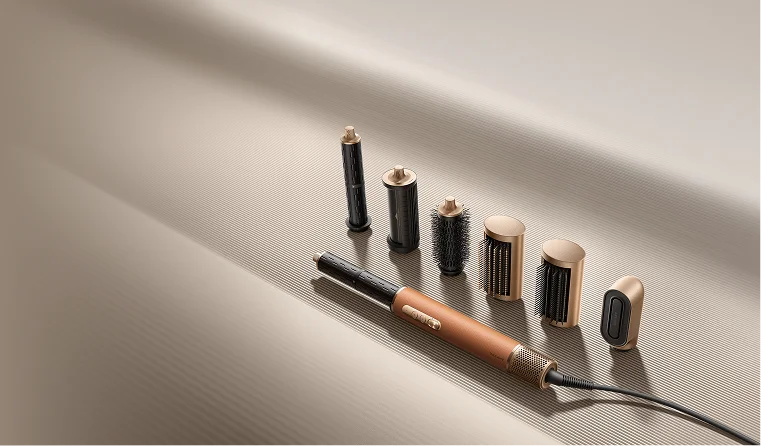
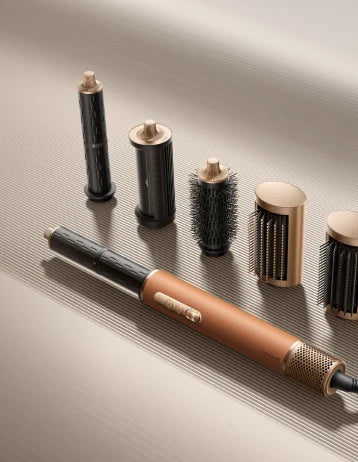
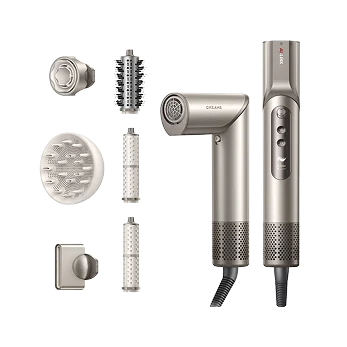


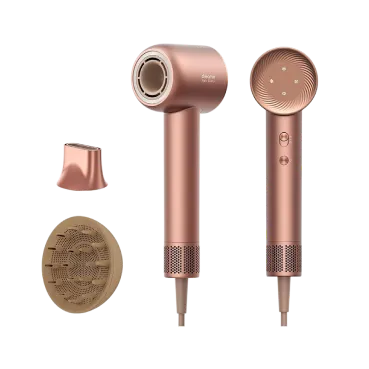
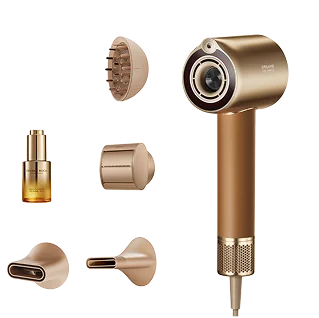
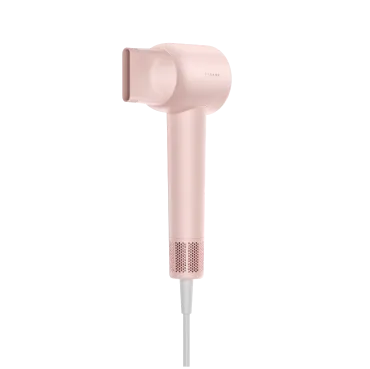


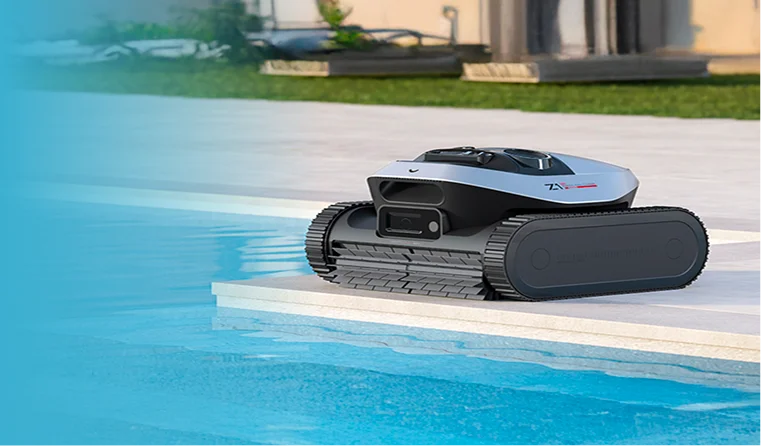
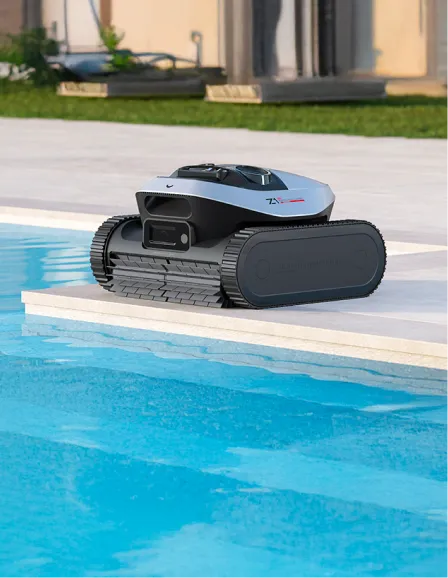
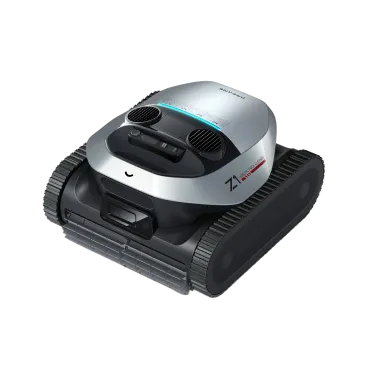
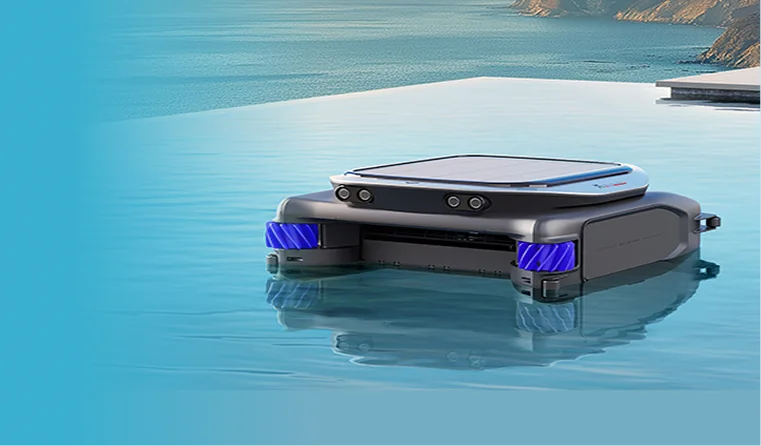
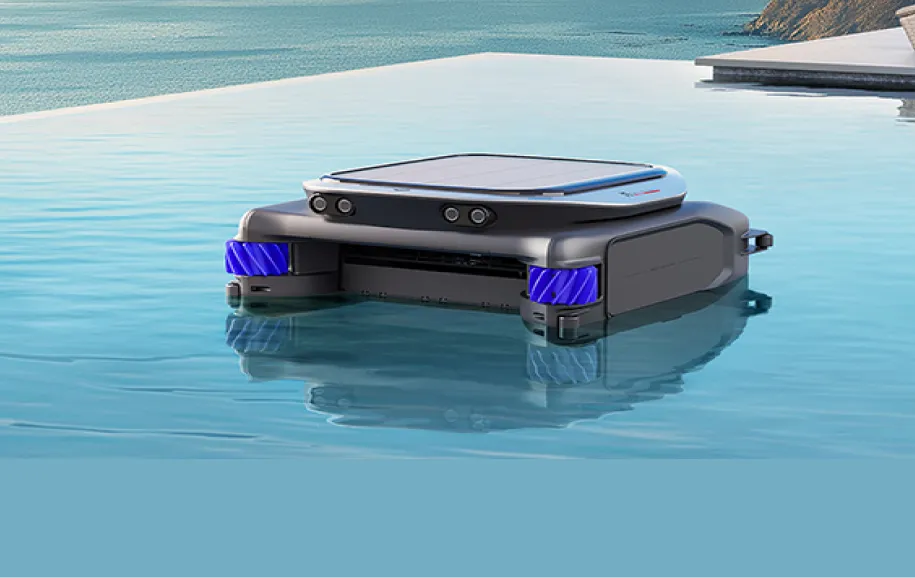










 Australia
Australia 中国大陆
中国大陆 日本
日本


 Türkiye
Türkiye


 Italia
Italia
 Netherlands
Netherlands Belgium
Belgium
 Greece
Greece Polska
Polska
 Norway
Norway
 Sweden
Sweden
 Finland
Finland
 Denmark
Denmark
 Hungary
Hungary Czechia
Czechia
 Slovenia
Slovenia
 Croatia
Croatia
 Switzerland
Switzerland United Kingdom
United Kingdom
 Canada
Canada



